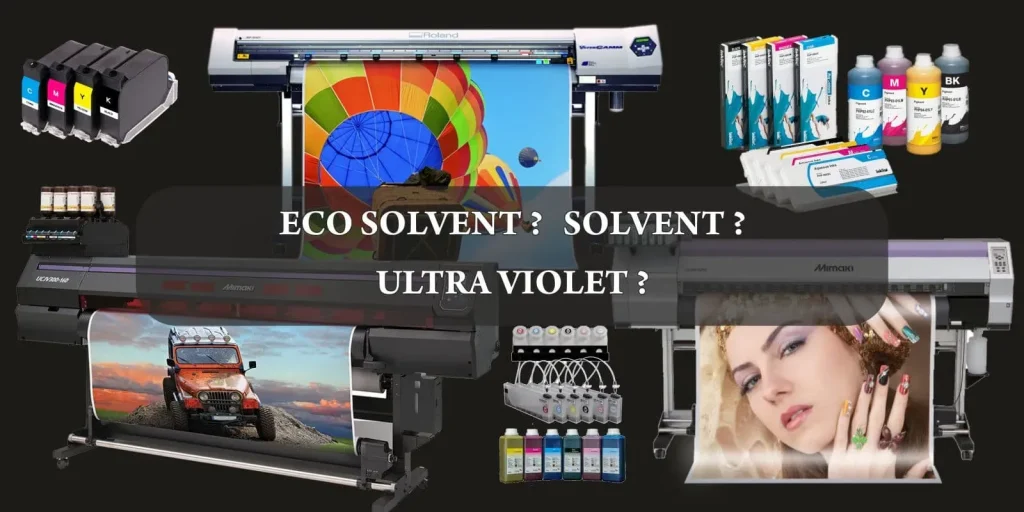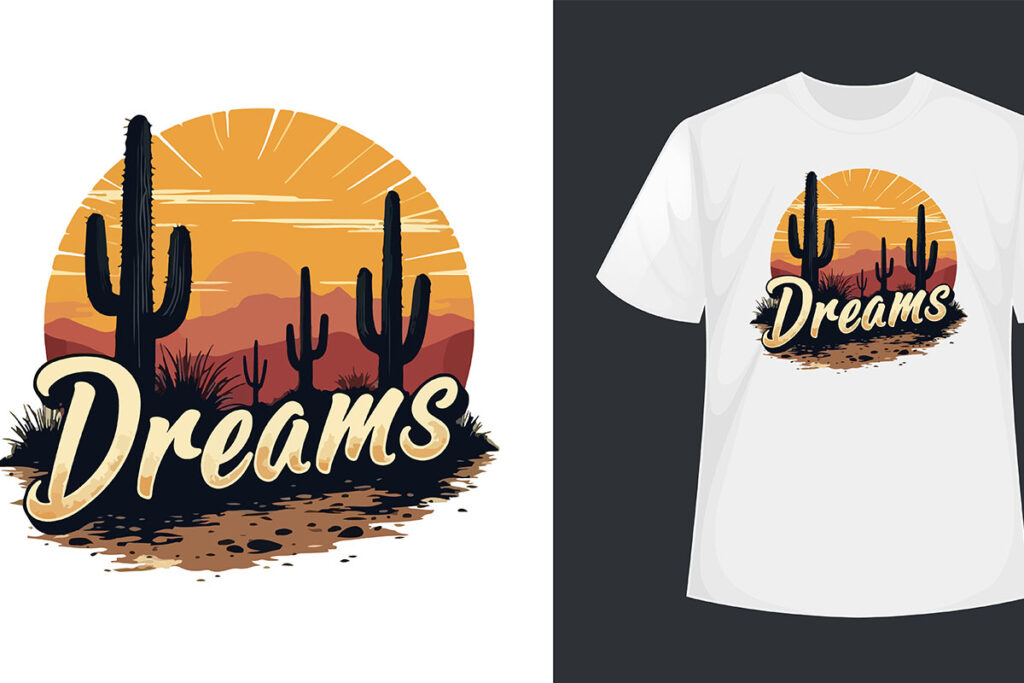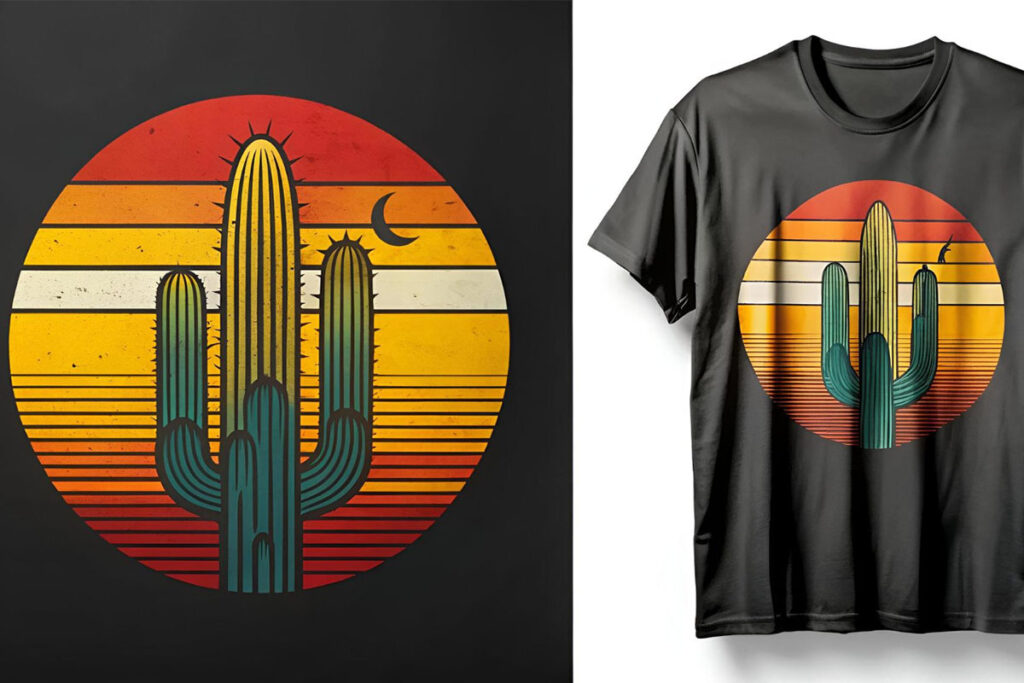In the world of modern printing, the comparison between UV DTF and Eco-Solvent printing marks a significant discussion among industry professionals. Both techniques have their own unique advantages, catering to diverse printing needs, making them appealing to businesses and creatives alike. UV DTF printing employs advanced UV inks that provide instant drying and remarkable color vibrancy, while Eco-Solvent technology focuses on sustainable practices with biodegradable inks. The choice between these two printing methods can significantly influence production timelines, image quality, and environmental impact. Understanding the nuances of UV DTF vs Eco-Solvent Printing is essential for making informed decisions that align with your project goals.
When it comes to exploring contemporary printing solutions, a comparison of Direct-to-Film UV technologies and Eco-Solvent methods emerges as a crucial topic. These two approaches represent the forefront of printing innovation, each offering distinctive features that can enhance your projects. UV Direct-to-Film processes utilize ultraviolet light to cure inks quickly, ensuring vibrant results, while Eco-Solvent alternatives emphasize eco-friendliness by using less harmful inks suitable for various applications. Whether you seek bold, colorful prints or prioritize sustainable practices, understanding these printing methods lays the groundwork for successful outcomes in your production endeavors. Delving into the specifics of these printing techniques will empower you to choose the best fit for your creative and commercial needs.
Understanding UV DTF Printing: A Comprehensive Overview
UV Direct to Film (DTF) printing utilizes advanced UV curing technology, which makes it stand out in the realm of contemporary printing methods. The process involves applying UV inks directly onto a specialized film, which is then cured by ultraviolet light. This innovative approach enables the production of high-quality prints that are not only vibrant but also exhibit impressive resilience against environmental factors. Businesses looking to create durable and striking graphics will find this method highly appealing, as it offers versatility across various substrates, from rigid materials like metal to flexible textiles.
In essence, UV DTF printing redefines the limitations of traditional printing techniques by providing an instant drying solution. This speed allows for rapid production cycles and facilitates last-minute orders, catering to businesses that thrive on efficiency. Additionally, the rich color saturation achieved through UV inks positions this method as superior for applications requiring exquisite detail and visual impact. When considering UV DTF, it’s crucial to evaluate how its features align with your project’s demands.
The Advantages of UV DTF Printing
One of the most significant advantages of UV DTF printing is its versatility. This method can print on a diverse range of surfaces including rigid, flexible, and even unconventional materials. For industries that require customization across various products, this adaptability is invaluable. Furthermore, the immediate curing process significantly reduces production time, allowing businesses to turn around their projects in record time. The ability to produce high-quality images with varying levels of detail also enhances the printing experience, making UV DTF a favored choice for graphic designers.
Durability is another hallmark of UV DTF printing. The prints produced through this method are highly resistant to scratching, fading, and weather-related damages, making them ideal for outdoor signage and other applications exposed to the elements. This longevity equates to long-term value for customers, as they won’t need to reprint as frequently. Overall, the advantages of UV DTF printing position it prominently in the print market, appealing to a wide range of industries looking for quality, speed, and durability.
Exploring Eco-Solvent Printing: An Eco-Friendly Alternative
Eco-Solvent printing represents a more environmentally conscious approach to the printing process, utilizing biodegradable inks that minimize harmful impacts on the earth. This method is particularly popular for projects that prioritize sustainability, such as signage and promotional products. The use of environmentally friendly materials is becoming a key differentiator in the market, with businesses increasingly seeking ways to reduce their carbon footprint while maintaining high-quality outputs.
In addition to being eco-conscious, Eco-Solvent printing offers a wide color range that allows for creative flexibility. The inks adhere excellently to flexible substrates, making this printing method ideal for vehicle wraps, banners, and other signage where versatility is required. Although Eco-Solvent printing may require longer drying times compared to UV DTF methods, the broad range of applications and eco-friendly focus makes it a solid option for businesses that value sustainability.
The Environmental Impact of UV DTF vs Eco-Solvent Printing
When comparing UV DTF and Eco-Solvent printing, the environmental implications of these methods are a critical consideration. UV DTF printing often comes with concerns related to its durability and chemical composition. Although it produces vibrant and long-lasting prints suitable for various applications, this method involves the use of UV inks that may not offer the same level of environmental safety as their Eco-Solvent counterparts. Businesses focused on sustainability might find the eco-friendliness of Eco-Solvent inks to be a significant advantage in today’s market.
On the other hand, Eco-Solvent printing is celebrated for its lower levels of volatile organic compounds (VOCs) and availability of biodegradable inks, making it a preferred choice for environmentally-minded companies. However, despite its ecological benefits, Eco-Solvent printing does have practical limitations such as longer drying times and potentially diminished durability in harsh conditions. Thus, understanding the environmental differences between these approaches is vital for companies looking to align their printing choices with their sustainability goals.
Comparative Overview: Cost and Performance of UV DTF and Eco-Solvent Printing
Cost considerations play a pivotal role in choosing between UV DTF and Eco-Solvent printing. Typically, UV DTF printers require a larger upfront investment due to the advanced technology and equipment involved. This initial cost might deter small businesses or startups; however, the long-term benefits of efficiency, durability, and reduced turnaround times can justify the higher price. Conversely, Eco-Solvent printing is often more budget-friendly, which makes it an accessible option for those with limited financial resources while embarking on printing ventures.
In terms of performance, each printing method shines in different areas. UV DTF excels in producing immediate outputs with vibrant color fidelity and durability, making it perfect for high-demand print environments. Eco-Solvent printing, while typically slower in drying times, allows for creative experimentation with a wide range of inks and materials. Choosing between these two printing methods ultimately distills down to understanding the specific requirements of your business, project timelines, and the budget you are willing to allocate.
Final Thoughts on UV DTF vs Eco-Solvent Printing
In conclusion, both UV DTF and Eco-Solvent printing present unique opportunities and challenges for businesses in the printing industry. Depending on factors such as speed, durability, and environmental concerns, one method may be more suitable than the other. UV DTF offers unparalleled speed and performance for demanding print jobs, while Eco-Solvent is an excellent choice for those prioritizing sustainability and creative versatility.
Ultimately, the decision between UV DTF and Eco-Solvent printing should align with your organization’s specific goals, output quality requirements, and environmental values. By thoroughly evaluating these options, businesses can effectively navigate the modern printing landscape and embrace the best technologies available to enhance their production quality while meeting market demands.
Frequently Asked Questions
What are the main differences between UV DTF printing and Eco-Solvent printing?
The primary differences between UV DTF and Eco-Solvent printing include drying times, durability, versatility, and cost. UV DTF printing offers instant drying and high durability on various materials, while Eco-Solvent printing is more cost-effective with eco-friendly inks but has longer drying times and moderate durability.
Is UV DTF printing more suitable for outdoor applications compared to Eco-Solvent printing?
Yes, UV DTF printing is generally more suitable for outdoor applications due to its superior durability and resistance to fading, scratching, and chemical damage. In contrast, Eco-Solvent prints are less durable and may not hold up as well in harsh conditions.
How do the color vibrancy outcomes compare in UV DTF vs Eco-Solvent printing?
UV DTF printing is known for its vibrant color saturation and ability to produce high-resolution images, while Eco-Solvent printing also offers a wide color range but may not achieve the same level of vibrancy as UV DTF due to differences in ink composition.
What are the cost implications when choosing between UV DTF printing and Eco-Solvent technology?
UV DTF printing typically requires a higher initial investment due to expensive equipment costs, while Eco-Solvent printing is often more accessible for smaller businesses thanks to lower equipment costs and more flexible pricing on inks.
Are there environmental benefits to choosing Eco-Solvent printing over UV DTF printing?
Yes, Eco-Solvent printing is generally more eco-friendly with biodegradable inks that reduce environmental impact, whereas UV DTF printing has limited eco-friendly options and produces sturdy materials that can increase waste.
Can UV DTF printing be used on a wider range of materials than Eco-Solvent printing?
Yes, UV DTF printing is highly versatile and can be used on both rigid and flexible substrates such as metal, wood, and textiles, while Eco-Solvent printing primarily excels on flexible materials.
| Feature | UV DTF Printing | Eco-Solvent Printing |
|---|---|---|
| Versatility | High – works on many materials | Medium – flexible focuses |
| Drying Time | Instant | Longer |
| Durability | Very durable | Moderate |
| Cost of Equipment | Higher | Lower |
| Eco-Friendliness | Limited eco-options | Biodegradable inks |
Summary
UV DTF vs Eco-Solvent Printing presents distinct characteristics suited to different printing needs. UV DTF is noted for its quick drying times, high durability, and versatility across various materials, making it ideal for businesses focused on efficient, long-lasting prints. Conversely, Eco-Solvent offers a more eco-friendly approach, lower initial costs, and a wider array of ink options, catering to businesses that prioritize sustainability and creativity. Ultimately, your decision should be influenced by your specific requirements regarding speed, cost, product durability, and environmental impact.



